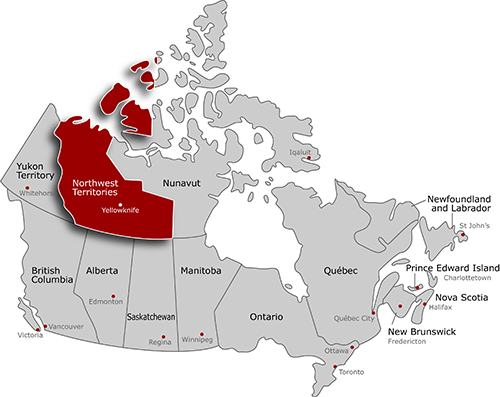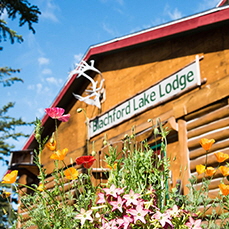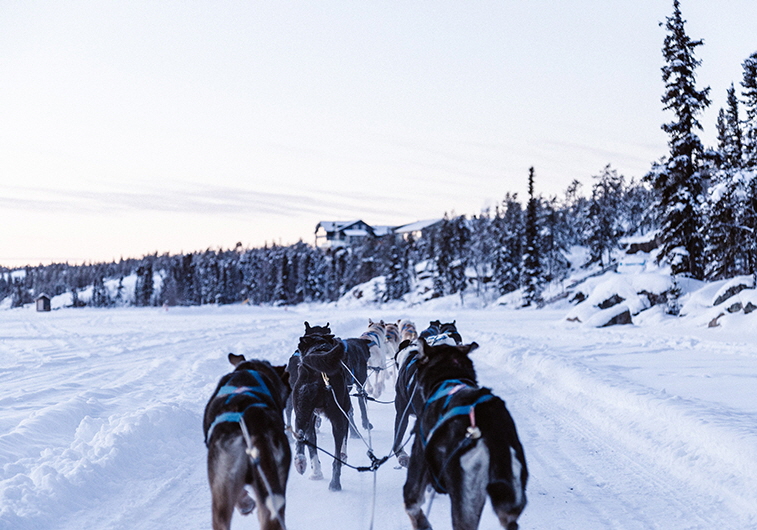|
Home > Northwest Territories
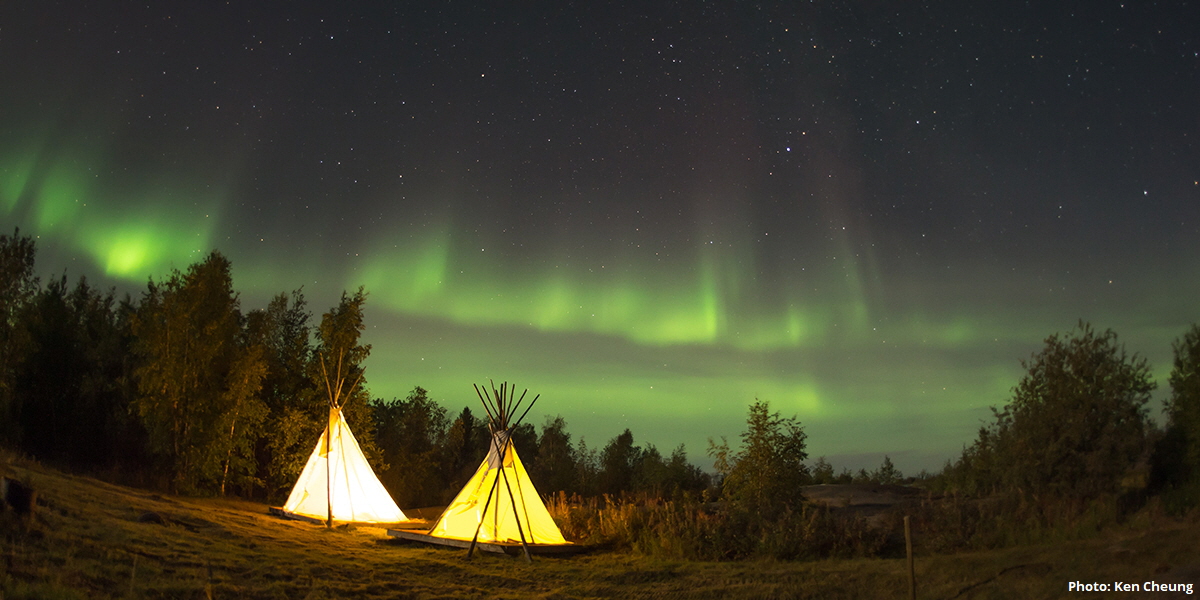 Aurora Borealis in Yellowknife, Northwest Territories Introduction to Northwest TerritoriesIn 1912, the Parliament of Canada official named the mid-northern part of the country as the Northwest Territories (NT). In 1967, Yellowknife became its capital city. Geographical features of NT include Great Bear Lake, which is the largest lake in Canada and the eighth largest lake in the world. Issuing from the lake is the Mackenzie River, the longest river system in Canada, with a main stem that is 1,738 km long. The official fish of the Northwest Territories is the Arctic Grayling (Thymallus arcticus) which is able to live in the harshest environments. While Nunavut is mostly Arctic tundra, the Northwest Territories has a slightly warmer climate with boreal forest (although half of the territory is above the tree line). AreasFranklinSee Franklin’s history (abolished in 1999) KeewatinSee Keewatin’s history (abolished in 1999) MackenzieSee Mackenzie’s history (abolished in 1999)
Cities, Towns & CommunitiesDehchoFort Liard InuvikAklavik ParksNP: National Parks NT TriviaFlag Nicknames Territorial slogan License plate slogans Other resources Interests in NT: Accommodation | Arts & Culture | Eat & Drink | Products & Services | Things to Do NT FactsDate NT entered confederationJuly 15, 1870 Area of NT1,346,106 sq km (519,734 sq miles) TopographyThe Northwest Territories has two broad geographical regions: the taiga (boreal forest belt that circles the subarctic zone and has pine, aspen, poplar, and birch trees), and the tundra (rocky arctic region where the cold climate has stunted vegetation). Capital city of NTPopulation of NT41,070 (Statistics Canada, 2021 Census) Residents are known asTerritorians Indigenous people of NTDene, Inuit and Métis Main NT industriesMining, tourism, services ClimateThere are two main climate zones in the Northwest Territories: subarctic and arctic. In the subarctic zone, temperatures average –23°C (–9°F) in January and 21°C (70°F) in July. In the arctic zone, temperatures range from –33°C (–27°F) in January to 10°C (50°F) in July. Time zoneMountain Daylight Time (MDT) and observes Daylight Savings Time. NT statutory holidays (in addition to national holidays)National Aboriginal Day June 21 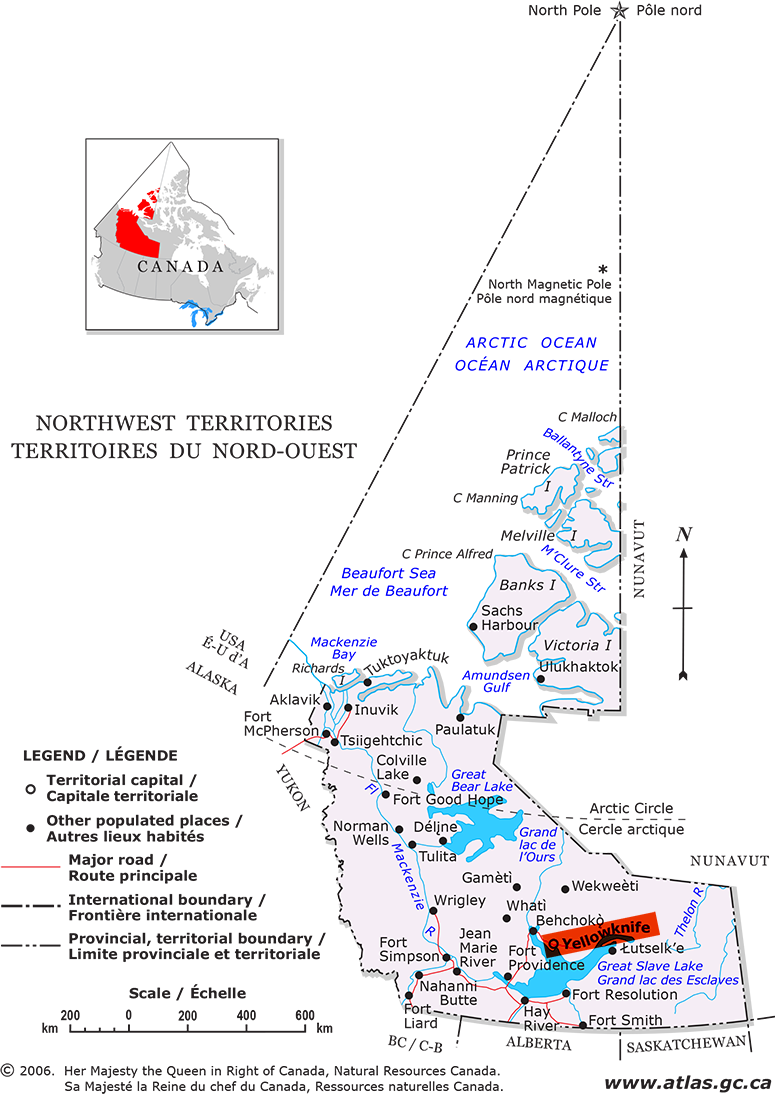 Source: Government of Canada Maps Owned and operated by Canadian Only Inc. Copyright 2000-2025 |

